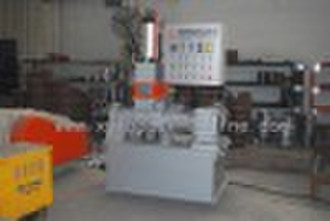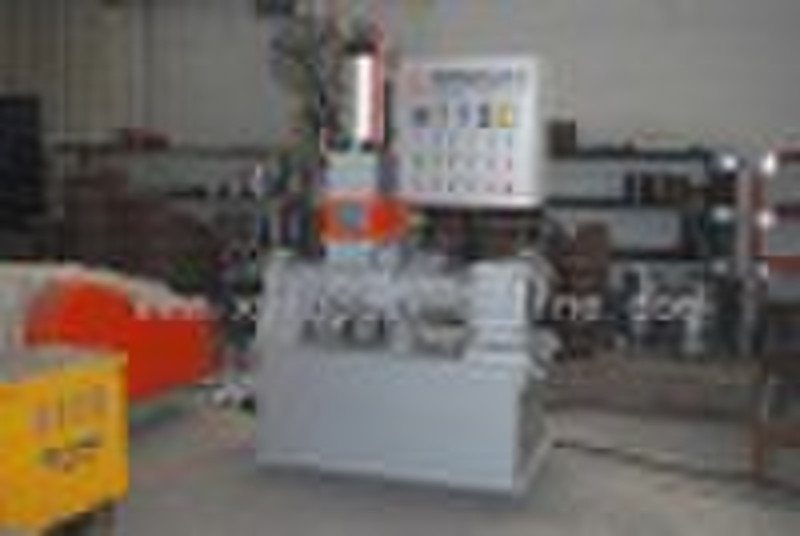Каталог
-
Каталог
- Автомобили и мотоциклы
- Безопасность и защита
- Бизнес
- Бытовая техника
- Бытовая электроника
- Детали машин и услуги по их изготовлению
- Дом и Сад
- Здоровье и медицина
- Игрушки и хобби
- Изделия из металла
- Измерительные и анализирующие приборы и инструменты
- Инструмент
- Красота и личная гигиена
- Мебель
- Мероприятия по охране окружающей среды
- Минералы и металлургия
- Модные аксессуары
- Обувь и аксессуары
- Одежда
- Освещение
- Подарки, сувениры
- Продовольственные товары и напитки
- Промышленное оборудование и техника
- Резина и пластмассы
- Сельское хозяйство
- Специальное оборудование
- Спорт, отдых и досуг
- Сток
- Строительство и недвижимость
- Текстиль и кожа
- Телекоммуникации
- Товары для офиса, учебы. Канцтовары
- Транспорт
- Упаковка и печать
- Химикаты
- Часы, Украшения, Очки
- Чемоданы, сумки
- Электронные компоненты, оборудование, принадлежности
- Электротехническое оборудование и принадлежности
- Энергия
Filters
Search
DDL Лаборатория резины пластикатор / Лаборатория резиновые смеситель

Kuiwu Dai
Контактное лицо
Основные данные
Dispersion kneader 's Applications : (A) Rubber Compounds & End Products Natural Rubber, Synthetic Rubber, Mastication of NR, SBR, CR, EPDM, Fluorine Rubber, Silicone Rubber, Rubber Tires, Packing, Gaskets, Hose, Belts, Shoe Sole, Sponge, Electric Wire Covering, Casters, Golf Balls, Oil Seals, Weather Strips, Waterproof Sheet, EVA, Tread Compound, Battery Containers etc.(B) Plastic Compounds & End Products HDPE, LDPE, PP, PVC, ABS, PS, EVA, Thermo set Plastic Compounds & Profiles, Wire Covering, BMC etc.Salient Features: 1)Maximum Dispersion & High Production Double blades, proper clearance & high cooling effect gives excellent dispersion which can not be obtained from an open mill. Its production is 4 to 5 times more than an ordinary mixing mill thus saving on labor and electricity.2)No Foundation Require The Kneader has a common bed plate for all parts and require no foundation.3)Easy Cleaning & Colour Change Mixing chamber can be tilted which enables easy cleaning, because of this, different coloured compounds can be made without trouble.4)Easy Operation Easy operation with Push-buttons and hand lever valves from the operation board.5)Short Mixing Time Mixing time ranging from 6 to 12 minutes depending on compound's specific gravity.Construction Mixing Chamber & Rotors: The mixing chamber is fabricated from alloy steel & is W-shaped. The chamber is fitted with two rotary blades. The surface is hard-chromed and has a provision for jacketing the inlet of water for cooling & steam for heating. The rotors are also made of special steel. The rotors are hard chromed, after the tips of the rotary blades are welded with stelite. These blades are coupled with rotary joints thus enabling to take steam or water.
Условия поставки и упаковка
Packaging Detail: standard export packing Delivery Detail: 40 DAYS
Порт: XIAMEN,CHINA
Условия оплаты
Аккредитив
Электронный перевод
-
Способы оплаты
Для оплаты товаров и услуг на нашем портале, Вы всегда получаете счет, в котором Вам необходимо самостоятельно указать свои данные.
Мы принимаем к оплате:









